Back to business: how to create the perfect home office
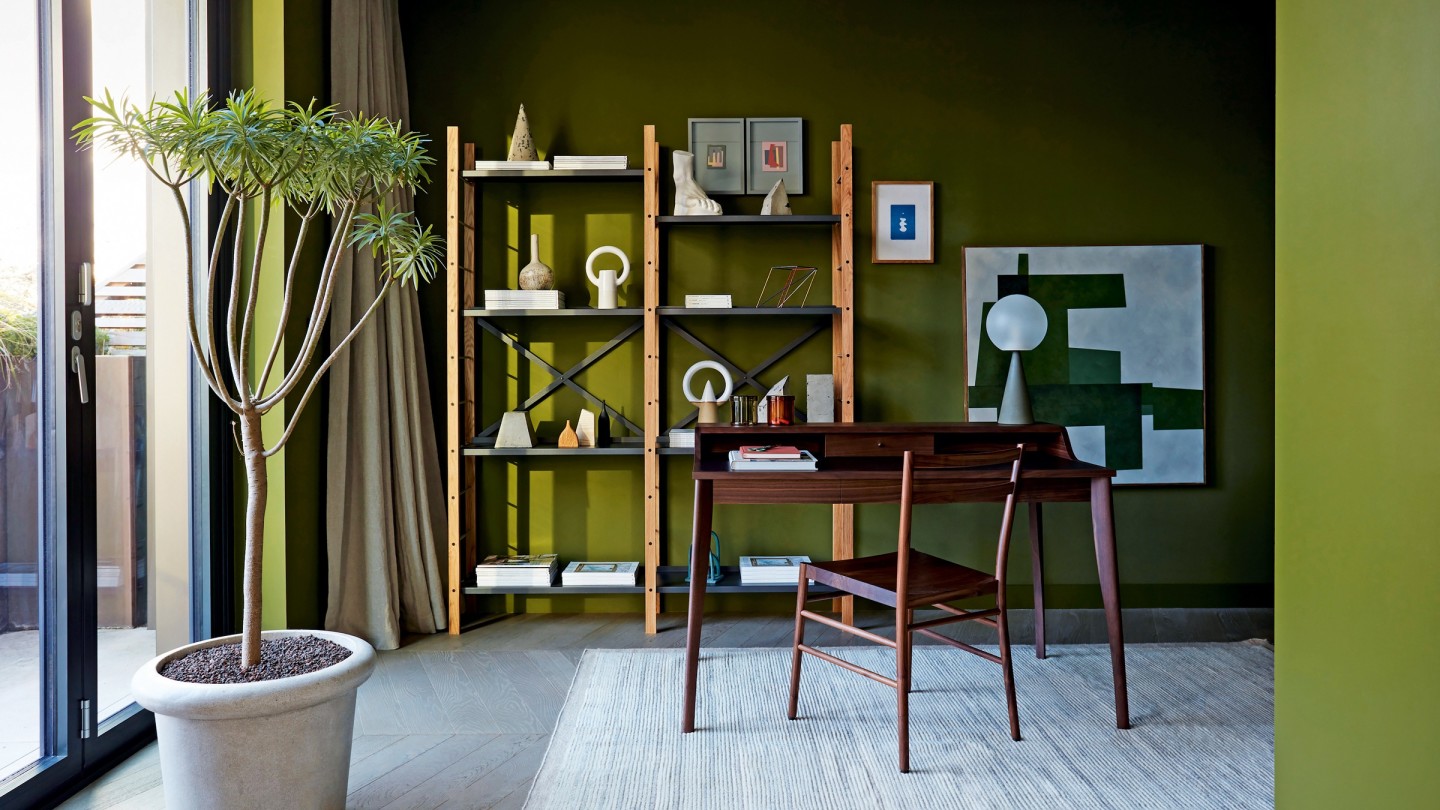
Roula Khalaf, Editor of the FT, selects her favourite stories in this weekly newsletter.
When I moved into my current home some 10 years ago, Virginia Woolf’s words rang loud in my ears: “A woman must have money and a room of her own if she is to write.” I’d tried writing in the kitchen – it didn’t work. Quite aside from the dangerous proximity to snacks and the incongruity of a desktop computer in the space in which I ate, it was asking an already hardworking space to further multitask in a way it was ill-equipped to do – insufficient book storage, no layout space and, crucially, no way to shut the door on it all at the end of the day.
Thus was a former TV snug ear-marked as my study-to-be, despite still commuting daily to a job in London. Regardless, or perhaps because of this, a quiet work space at home in which to gather my thoughts and be alone was my idea of heaven. And so, through lockdowns one to three, I probably fared better than most.
However, now that a degree of WFH is looking set to become standard practice, it’s time for those of us without a dedicated space to bid farewell to the ironing board as an impromptu standing desk and come out from seeking solace in the loo. We need to get serious about homeworking.
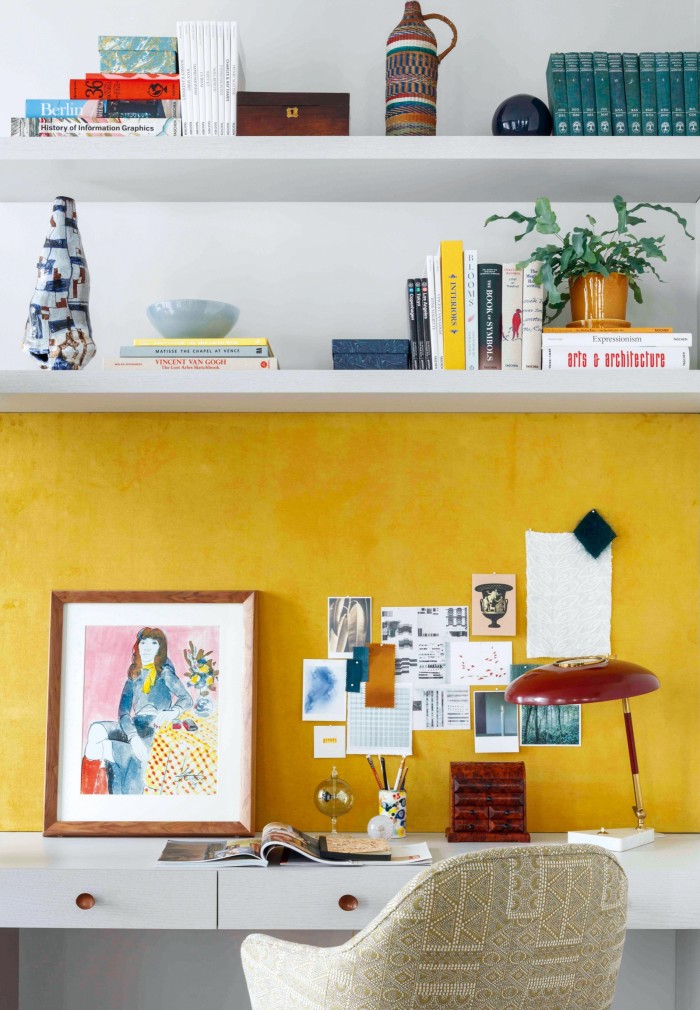
SHELVE IT
A tidy space promotes a tidy mind, so keep the design simple: place a bookshelf close by to retrieve books, use both desk and floor lights and invest in a beautiful desk that works as part of a cohesive scheme. This penthouse was designed by Elle Decoration for Chapter House by Londonewcastle
The truth is, remote working for many – with little time to prepare – caused a storm of conflicting interest in the very place that is supposed to proffer respite from the world beyond our thresholds. Living and working under one roof for almost a year tests any space to the limit, forcing a reappraisal of every previous design decision, from knocked-down walls to the size of the dining table. After all, most homes are simply not designed for work.
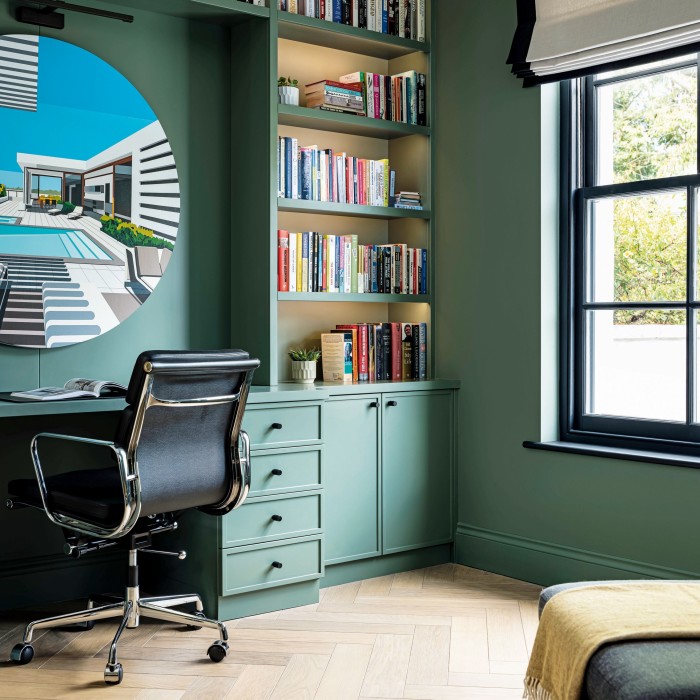
BUILD IT IN
If you’re updating a living space, it’s worth considering integrated storage with a built-in desk. Paint walls and units the same statement shade and use cohesive flooring throughout. This house was renovated by Peter Lynn of _ing Architects, and the floor is Fendi Herringbone design by Havwoods, £73.95 per sq m
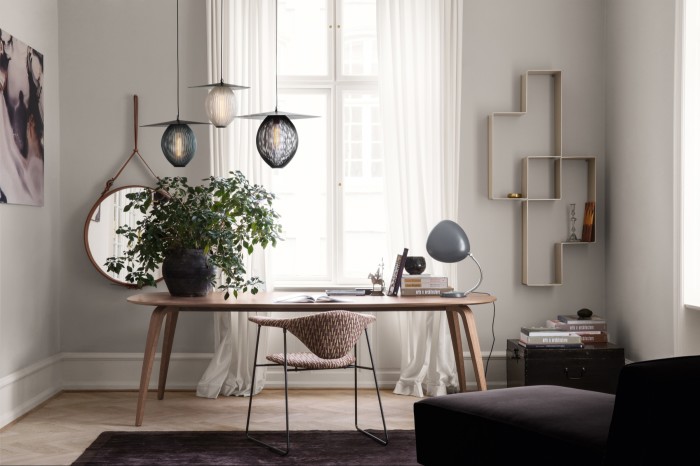
GET LIGHT RIGHT
Team pendant lighting with an adjustable table lamp, and face a desk or work table towards a window to take in the view. Shown are Gubi’s Rectangular dining table, from €1,219, Cobra table lamp, €439, Satellite pendant lights, €909, and Adnet mirror, from €709
Indeed, my priority pandemic update was the reinstatement of a door. Although my study is a separate room, it sits within a largely open-plan ground floor. As I’d always been home alone before when writing, shutting myself away wasn’t necessary. I preferred the free flow of air. But once the schools closed, it became essential as a requirement for quiet became a major issue.
Desks
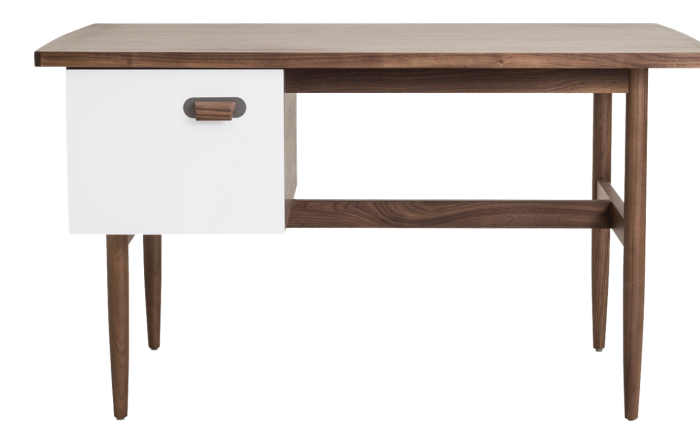
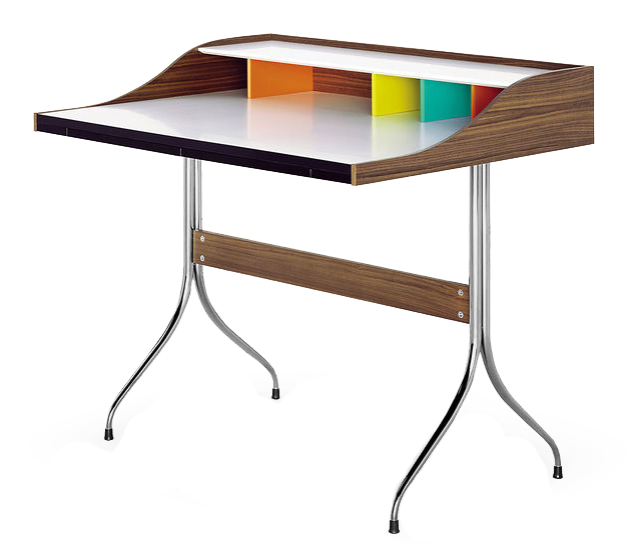
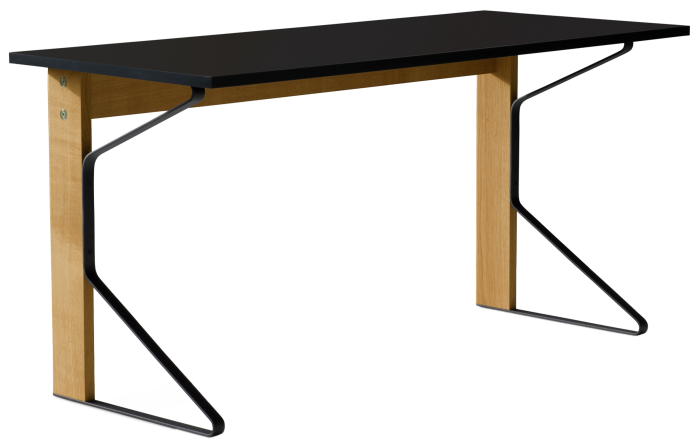
The thing is, while every stick of furniture, wall finish and fitting in my home amply pleases me, it is a need for silence that enables me to concentrate. It’s not so much a complete absence of sound as no additional artificial noise, like a radio, TV or Nintendo buzzing in the background. Birdsong, clocks and traffic are fine. And this isn’t just a personal foible. Various medical studies have shown that silence encourages new brain cells to grow, specifically in the hippocampus, the region of our grey matter devoted to memory, emotion and learning. It also relates to the thorny (aka intensely irritating) issue of being interrupted, a real bugbear of most regular workplaces. According to Gloria Mark, professor in the Department of Informatics at the University of California, it takes 23 minutes and 15 seconds precisely to return to full focus after being distracted. As she puts it: “Attention distraction can lead to higher stress, bad mood and lower productivity.” Quite.
As such, in my opinion, video conferencing was more a blunt tool of change than revolutionary enabler, as carefully constructed boundaries between the personal and professional were dismantled without our permission. We draw a line here for a reason. It allows us to drop in private the fronts we put on in public. Not to forget that scheduled, virtual interactions lack the nuance, social cues and spontaneity that generally facilitate fulfilling, and therefore constructive, conversation.

KEEP ORDER
A tidy space promotes a tidy mind, so keep the design simple: place a bookshelf close by to retrieve books, use both table and floor lights and invest in a desk that works as part of a cohesive scheme. This penthouse was designed by Elle Decoration for Chapter House by Londonewcastle
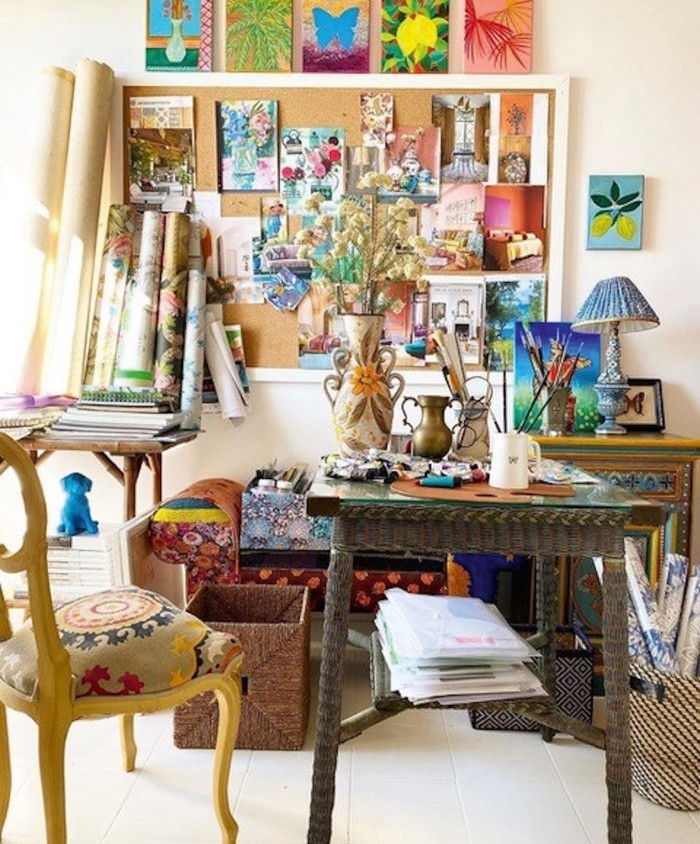
BE CREATIVE
If you’re a creative, take a leaf from designer Matthew Williamson’s book and surround yourself with inspiring objects. Hang an “ideas” pinboard on the wall, fill vases with flowers and have wicker boxes close by to store papers and materials. Matthew Williamson Empire lamp shade, £70, Betty sideboard, £6,000
And yet, the forced merging of work and home could be seen to prompt an element of fully owning ourselves. Do we not become more relatable to each other by dropping our guard and literally letting more people into the reality of our lives? Just as sombre news reporters were revealed to be like us: infallible, human and real when upstaged by nonchalant toddlers ambling past in the background. In this way, the great home/work merge could present an opportunity to more harmoniously weave together the varied threads of our interests and occupations.
Unfortunately, if you don’t have a room of your own, an oversized shed or a fancy garden-study pod to retreat to, then the home/work experiment could feel less exploration of the intricate tapestry of life, more imminently unravelling disaster. For while noise-cancelling headphones and virtual backdrops may be temporary solutions, they are a reaction to the situation rather than a considered sustainable response. Rather, we need to realign our domestic expectations and create a new homeworking paradigm wherein pockets of quiet space are factored in from the beginning as a priority. After all, pushing our homes to be more flexible and supportive, with spaces that segue easily from one task to the next, pushes us too to be more adaptable and efficient in the way that we use them. It’s something that’s even prompted a new architectural incentive, the Davidson Prize, founded last year to reward imaginative rethinking of the contemporary home. The 2021 theme? “Home/Work – A New Future”.
In the meantime, you must steal space from elsewhere! And I say this based on the belief that most people don’t need more space at home, they need less stuff and a reappraisal of the space that they do have. On average we wear one-third of our clothes and regularly use even less of our belongings. Clear out some of this clutter and you might be surprised at the room you release. Then, a small desk can tuck into a bay window or be pushed against the wall, sideboard-style, to be pulled out during the day. Hallways, even landings, can be creatively commandeered, or box rooms finally put to proper use.

FRAME A VIEW
Where possible, it’s best to place your desk by a window to benefit from ample natural light – while having something inspiring to look at. This Eames desk unit, £1,210, by Vitra was originally designed by Charles and Ray Eames in 1949
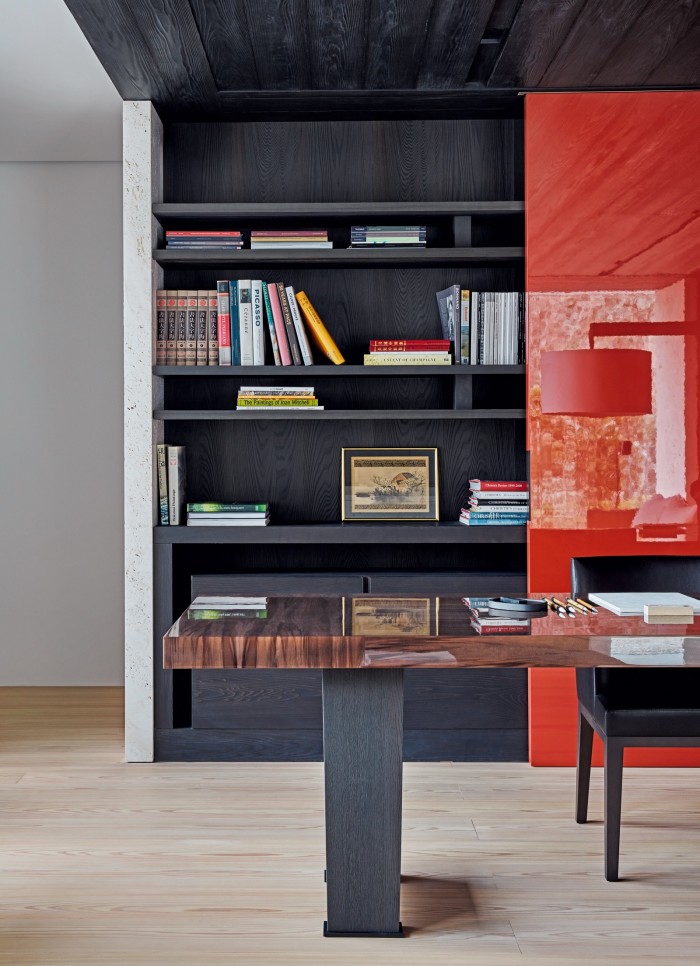
CONCEAL CLUTTER
In this Japanese house, Studio Liaigre designed floor-to-ceiling shelving is concealed by huge red-lacquer sliding doors
Caveat: wherever you choose to settle, do not sit yourself facing a blank wall. It’s as if you’ve put yourself into detention. You’ll also likely be leaving your back exposed, which triggers the primitive fight or flight response, sending unhelpful hormones soaring by default, and scuppering focus in one. Also, sitting up in bed. Nice to begin with, but over time it will destroy the sanctity of your bedroom for sleep. The ideal is to sit facing a window, especially if it overlooks any sort of green space. It permits the taking of a visual breath, without breaking the flow that fosters the holy trinity of WFH: staying productive, motivated and sane. Failing that, a picture – whether a painting or a postcard tacked to the wall – will do. It needs to be enough to capture your attention, but not so much as to distract. Crucially, a view, whether real or replica, benefits your mental health, subtly connecting you to the outside world and gently reminding you that you do not toil alone.
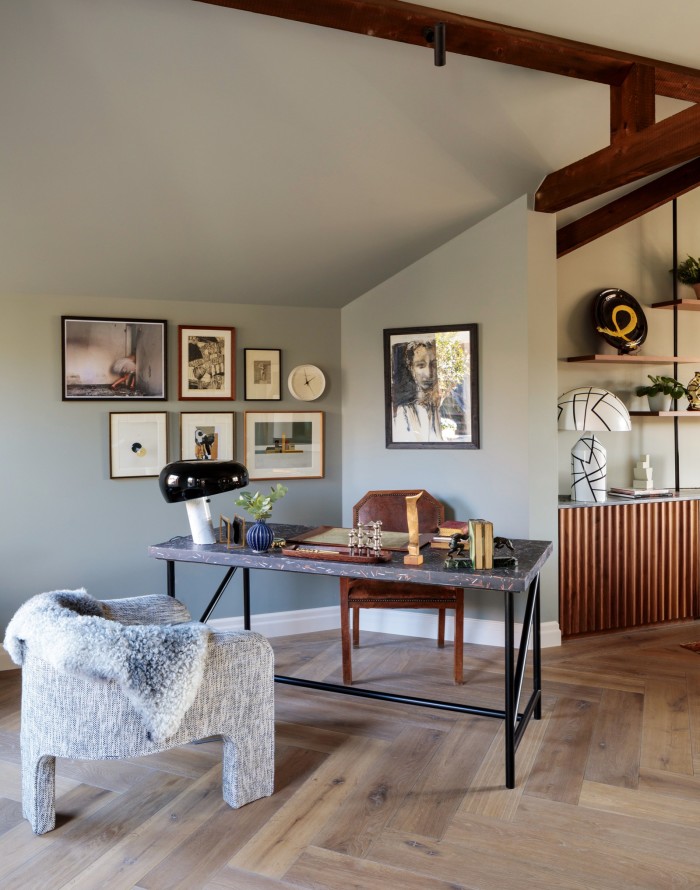
SIT IT OUT
In this house, interior architects Kitesgrove created a comfortable office space in a corner of a room, ensuring there was an armchair close to a desk where the owner could take a break
Nonetheless, there’s no point having something lovely to look at if your desk and seat height are incorrect. Whatever your height, the optimum working posture sees your feet placed firmly flat on the floor with your forearms at 90 degrees to your body, such that your hands hover lightly above your keypad while your shoulders remain freely dropped, not hunched in a posture of tense rigidity. This is why desks are commonly 8-10 cm higher than dining tables, and adjustable chairs are a must.
Monitors should also be set such that the top of your screen is roughly at eye level. As for laptops? We seem to have forgotten that they were originally intended as temporary aids to working on the move, not for permanent usage. Do your neck and spine a favour and invest in a proper ethernet-cable-connected desktop computer ASAP. Certainly, osteopaths –should there be any still in business when they’re allowed to touch us again – are going to have a field day unknotting legions of laptop junkies.
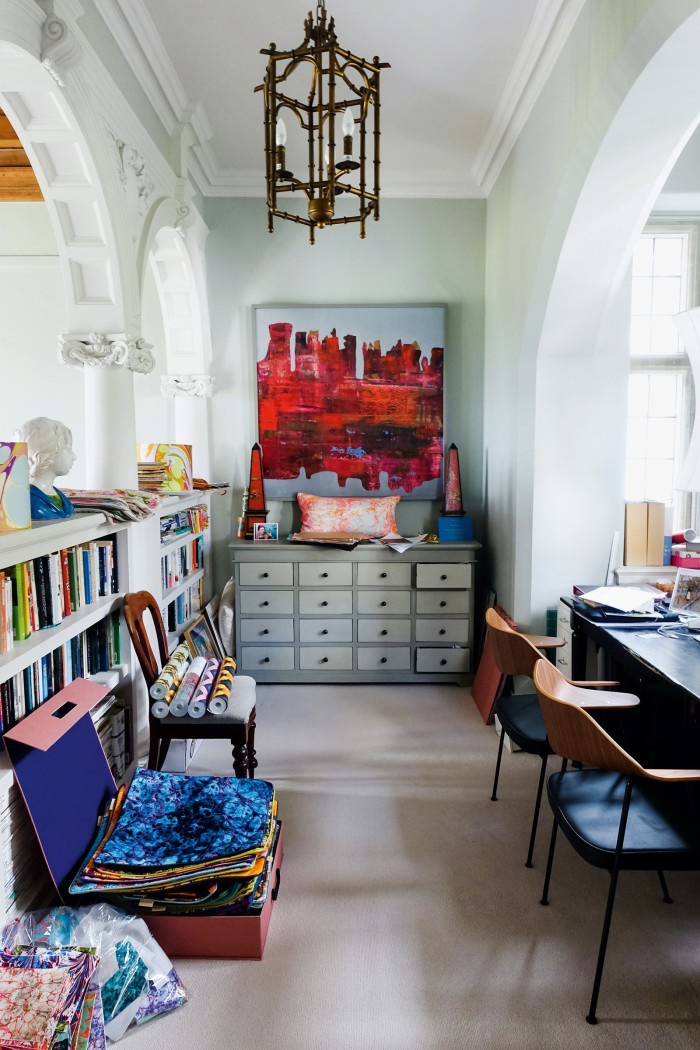
DIVIDE AND CONQUER
If you don’t have the space to devote an entire room to a home office, look for areas that can be visually separated from main living areas to divide work from relaxation. Artist and designer Susi Bellamy has lined her office nook with bookshelves and added pops of colour with art and furnishings. Her large abstract paintings start at £1,400
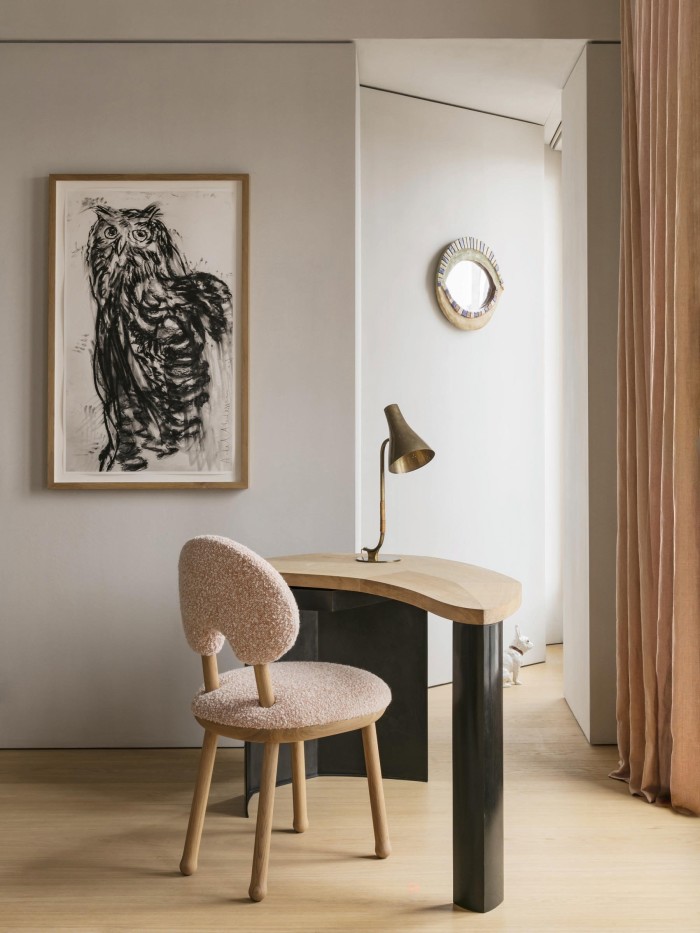
SHAPE UP
If space is limited in your home, look for a desk with a curved design that fits neatly into a corner and complement it with a sinuous chair that is easy to move around – like this Madame Oops chair by Pierre Yovanovitch, POA, theinvisiblecollection.com
Similarly, opticians. You cannot work healthily, for any length of time, without good lighting. Relying on overheads alone equals eye strain and headaches. You need dedicated task lamps. And this doesn’t mean ring lights for making you look dewy when Zooming. Or a pretty table lamp replete with attractive pleated shade. These are the equivalent of lacy lingerie when what’s needed is a sports bra, ergo a solid, adjustable Anglepoise or similar. Choose one with a weighty base so it won’t fall over when you twist it, and be sure it’s tall enough to be angled above your monitor to illuminate the surface of your desk, not your screen.
Finally, it’s imperative to define your working day – have a ritual to mark its start and most importantly its end. I use scent. A few drops of rosemary or bergamot oil in a tea light-powered oil burner (plant-based wax only, please, no toxic paraffin wax indoors) is my olfactory nudge to step it up a gear. Conversely, lavender signals time to slow down. Other than that, stay social. Eat lunch. Stand up every hour. Get outside daily.
Ultimately, I believe the total demise of the office is overstated, although no one’s rushing back just for a desk. Companies that offer flexibility will have a competitive edge; evidence from a study co-authored by Stanford University suggests that people value it as highly as an eight per cent raise. Smart businesses will adopt this hybrid model with downsized offices used primarily as three-day-week hub points for shared learning, innovation and collaboration.
Arguably people are innately social animals. We need to come together to get things done. But having the right kit at home will allow you to appreciate the benefits of WFH as well, and adjusting our homes to accommodate such a basic functionality as being able to work was overdue. Finally, this could be the brave new dawn of the hitherto elusive live/work balance. And that can only be applauded. Key to remember, though, as we swing enthusiastically towards the home office, is that home is also where we unplug, power down and switch off. As the inimitable Dolly Parton once said: “Don’t get so busy making a living that you forget to make a life.”
Desk lighting
“When working long hours at a computer screen or tackling mountains of paperwork, task lighting is a must,” says Natalie Mann of Iconic Lights. “Angled desk lamps or clip-on lights give you the freedom to direct the light exactly where you need it. If you need to free up space, consider a low-hung pendant – but keep in mind a 60-watt bulb is best to keep you alert.”
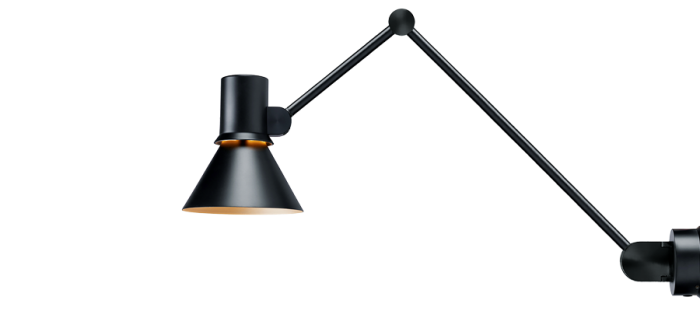
Anglepoise has added new versions of its adjustable Type 80 wall lights, which can be angled to direct light over work areas. Type 80 W3 large wall light, £295
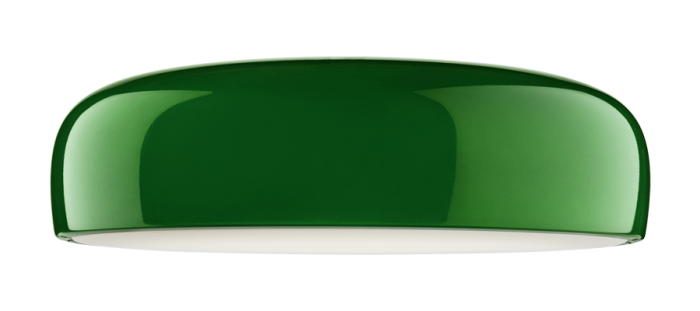
Designed by Jasper Morrison for Flos, Smithfield is available as a ceiling or suspension light, providing direct illumination to any surface. £685, conranshop.co.uk

A modern table lamp for those whose desk needs to be accessorised as elegantly as a nearby side table in a living space. This IC T1 High Table Lamp is by designer Michael Anastassiades for Flos. £380, conranshop.co.uk
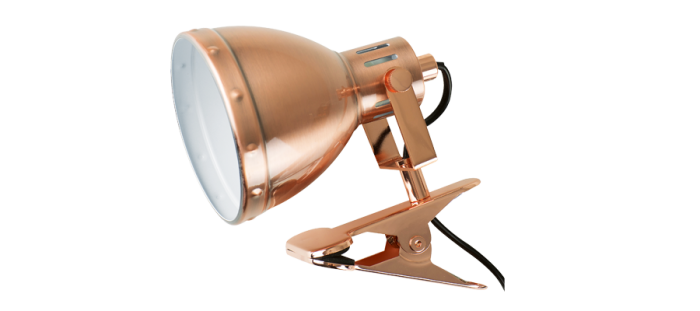
Fix this Portishead clip-on spotlight table lamp to the edge of a desk for instant task lighting. £19.99, iconiclights.co.uk
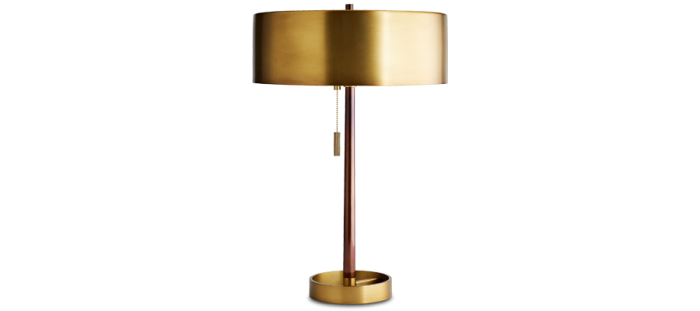
Arteriors’ Violetta lamp’s metallic finish adds a touch of glamour to a desk and has a pull-chain operation. £1,162
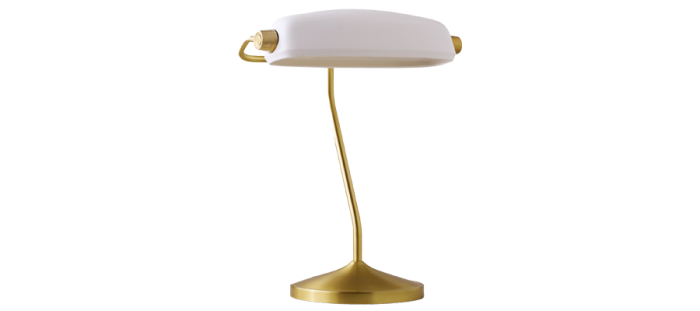
Original BTC’s Banker’s desk light looks the business in natural white and satin brass. £625

The iconic AJ table lamp – designed by Arne Jacobsen in 1957 for the SAS Royal Hotel in Copenhagen and manufactured by Louis Poulsen – is shown here in an ochre colourway. £730, louispoulsen.com

Designed by Vincent Van Duysen, Oblique by Flos has a 355-degree rotating stem allowing light to reach all areas of the work surface, and its base features an integrated wireless charging system. £305, twentytwentyone.com
What have you learned while working from home? Do you have any life hacks for avoiding back pain or drowning out distraction. Maybe you have some ideas for mid-afternoon mood boosters? Please share your tips in the comments below.
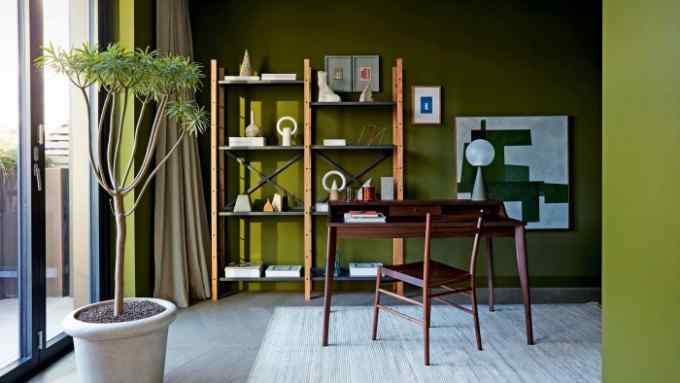
Comments